- Leicester Abbey’s full name is the Abbey of St Mary de Pratis, meaning the abbey of St Mary of the Meadows
- One of the few surviving pieces of Leicester Abbey is its precinct wall circa 1500. The red-brick wall is noted for bearing over forty patterns or symbols picked out in contrasting blue bricks
- Leicester Abbey is famously the last known resting place of Henry VIII’s Lord Chancellor, Cardinal Wolsey
The abbey in the meadows
Leicester Abbey (demolished around 1538) lay just to the north-east of medieval Leicester, beside the main road leading to Nottingham and Derby, in a pleasant spot next to the River Soar. A number of magnificent ruins related to the abbey complex remain today and can be seen in the grounds of Abbey Park.
It was founded in 1138-9 as an abbey of Augustinian canons by Robert ‘le Bossu’ (the hunchback), the second Earl of Leicester. Earl Robert transferred to the abbey the lands that his father had used to endow a college of canons at St Mary de Castro. The abbey was also granted all of the other churches in Leicester, together with a number in Leicestershire and further afield.
On his death in 1168, Robert was buried on the right hand side of the high altar and the earldom passed to his son Robert ‘Blanchmains’ (white hands), whose devout wife, Petronilla, is said to have plaited a long cord from her hair from which to suspend one of the lamps in the choir of the church.
The abbey was dissolved in 1538 and demolished soon afterwards. In the later 16th century, the Hastings family converted the gatehouse into a mansion; this was enlarged by the next owners, the Cavendishes, in the early 17th century, before being burnt down in 1645, during the Civil War.
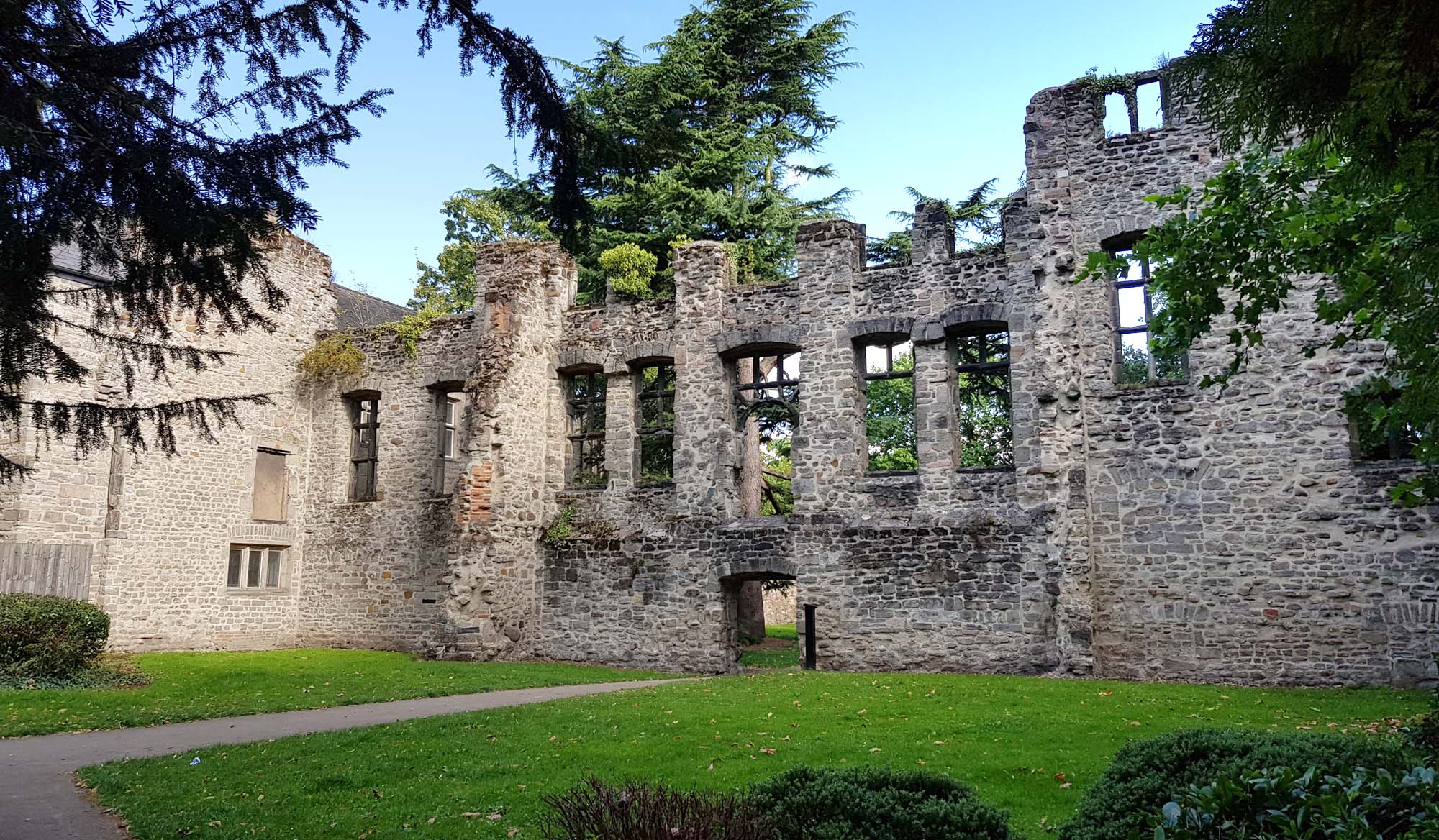
The abbey complex
Leicester Abbey grew to become one of the wealthiest religious houses in the country, with a community of canons under the charge of an abbot. The abbey precinct was enclosed by a substantial wall with a gatehouse on the north side.
Apart from the precinct walls, all trace of the abbey had disappeared by the 18th century and it was only in the 19th and 20th centuries that the plans of the principal buildings were revealed through archaeological excavation.
In common with other similar establishments, the church lay to the north of a series of buildings that were arranged around a cloister. On the east side was the chapter house, and above it, at first floor level, the dormitory. On the south side was the refectory, beyond which was the kitchen, detached from the main buildings to prevent the spread of fire.
The kitchen was investigated by the University of Leicester in 2002-5 and found to be a large square building with corner fireplaces, making the interior octagonal in shape. At nearly 12 metres across internally, it was one of the largest monastic kitchens in the country.
There were further courtyards to the south of the main ranges of buildings, with guest accommodation, an infirmary and lodgings for pensioners.
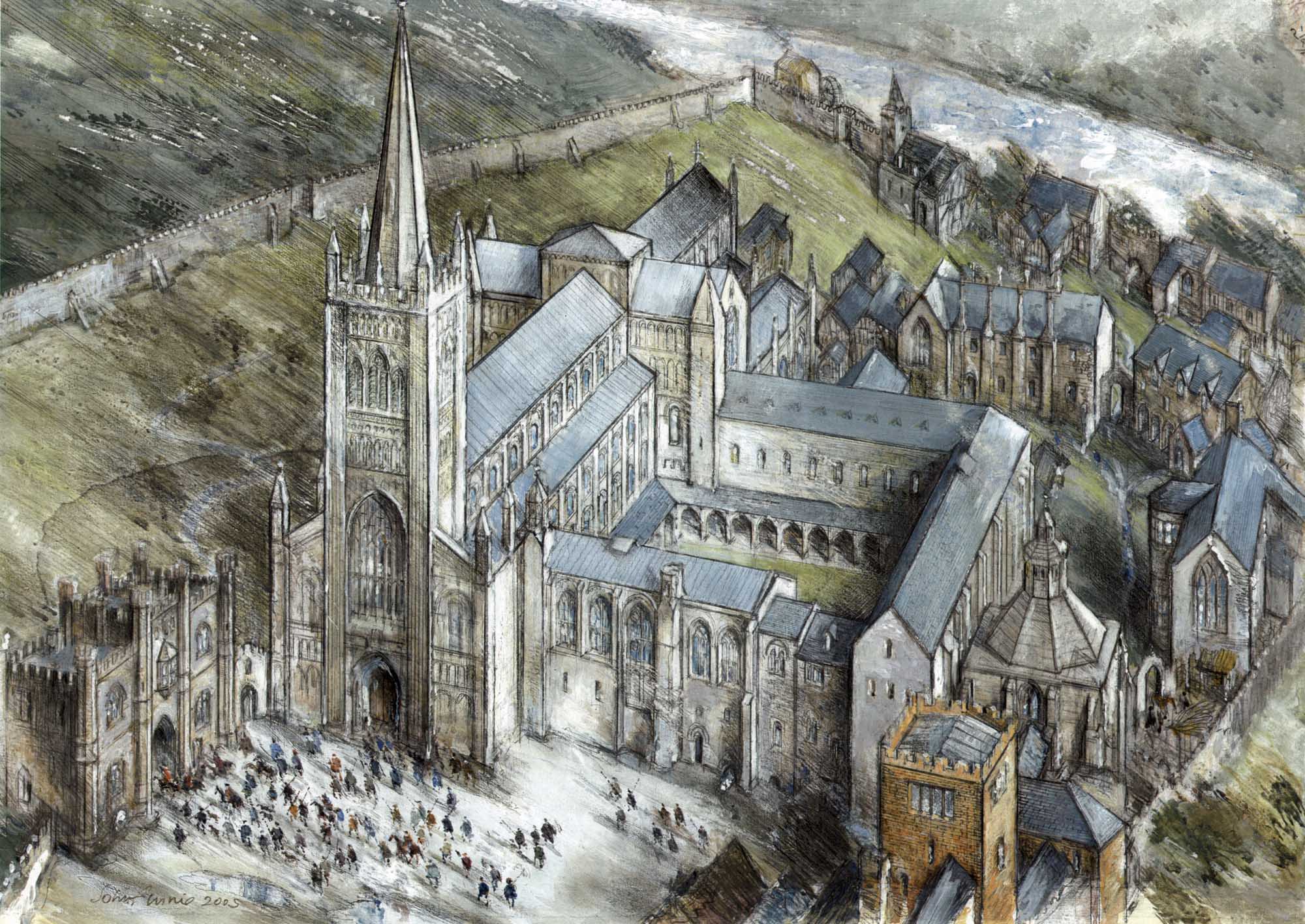
Famous visitors
Hospitality was an important part of monastic life, and the abbey was expected to extend a warm welcome to visitors. Located on a principle route to London from the north, many important travellers passing through Leicester were entertained at the abbey, including Edward III, Richard II, and Richard III.
Senior members of the clergy also stayed here, the most famous of whom was Cardinal Wolsey, who died at the abbey whilst travelling back to London to face King Henry VIII in 1530: he was subsequently buried in the Lady Chapel of the abbey church.
Gallery
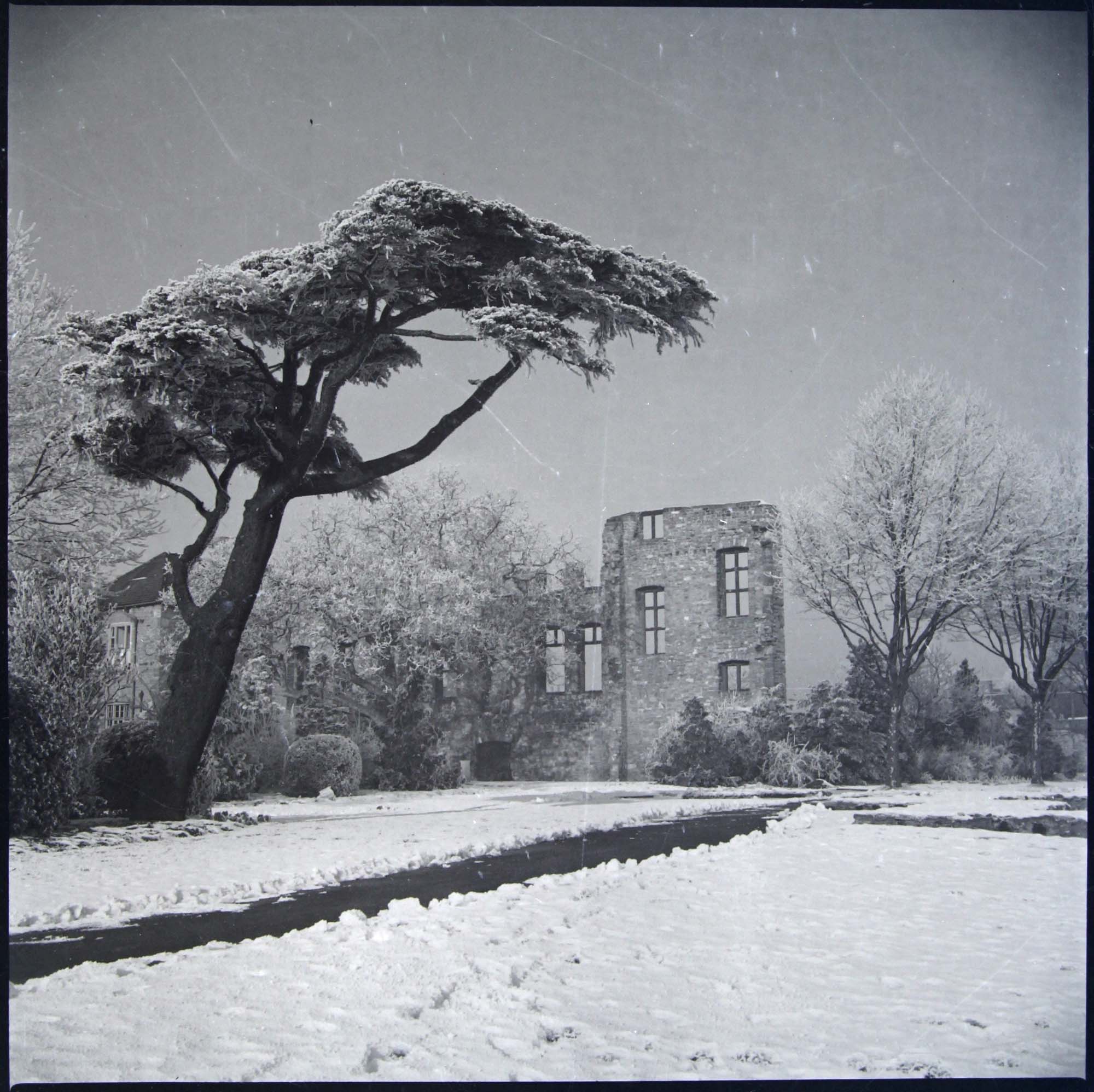
Leicestershire Record Office
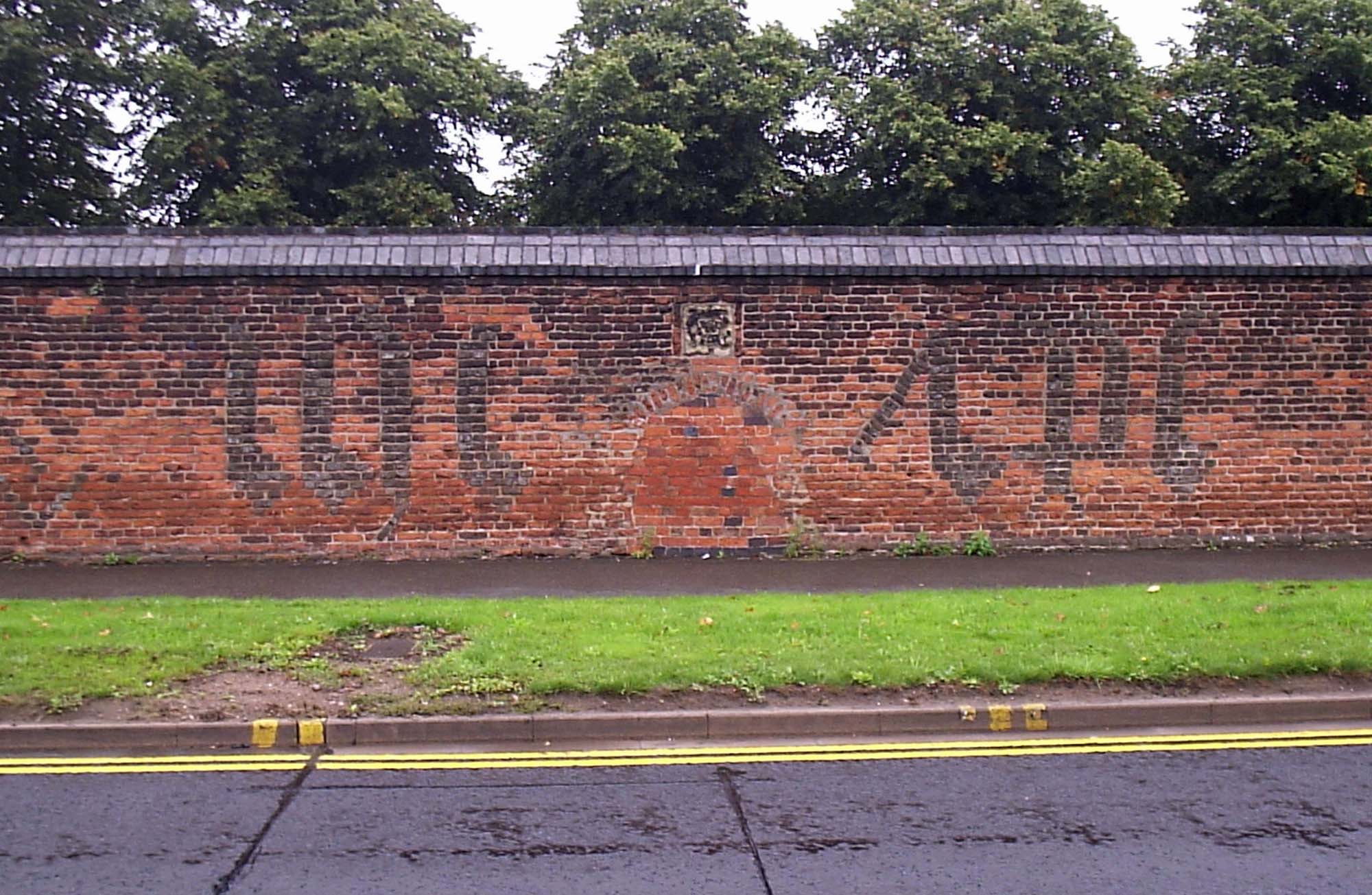
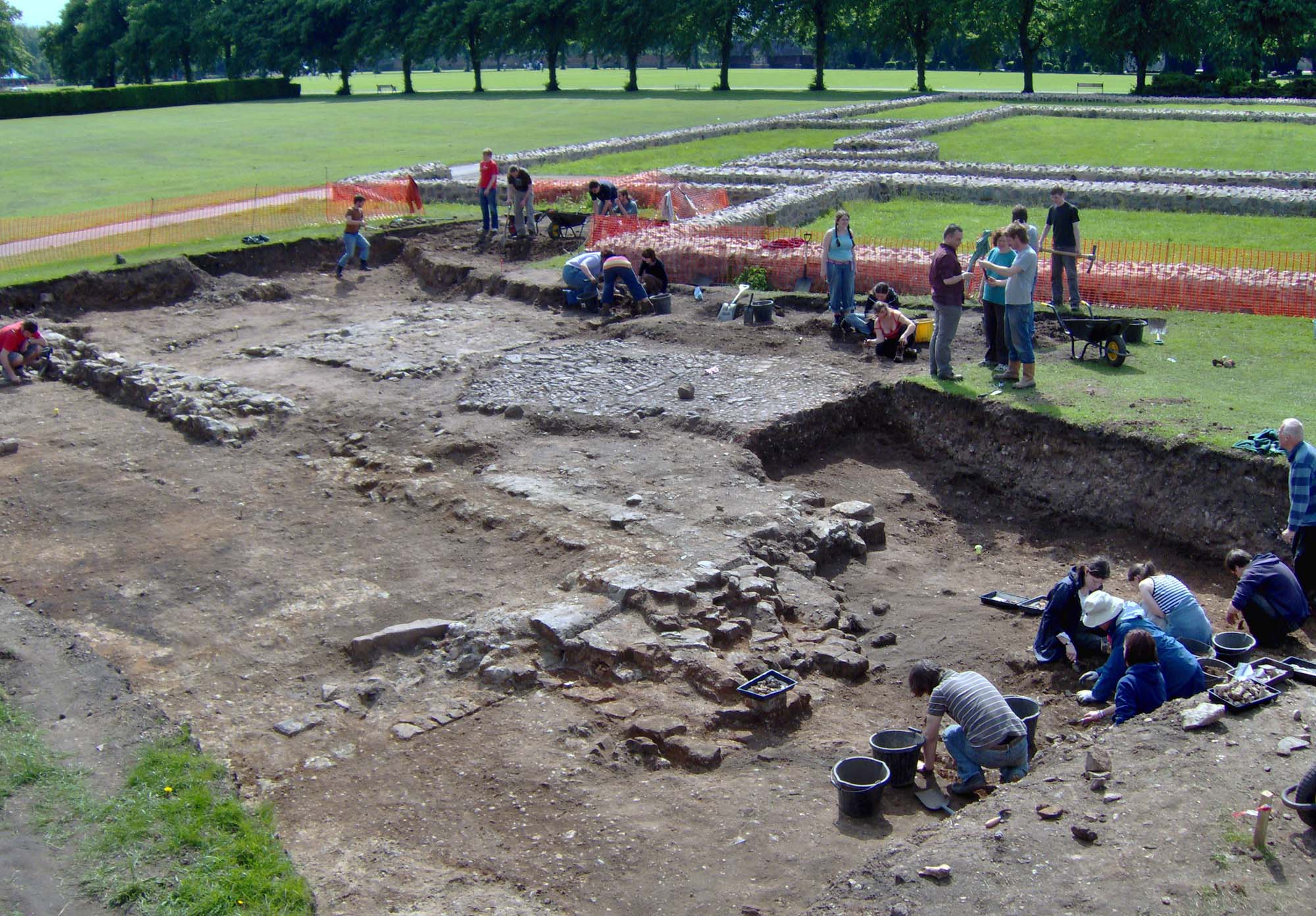
University of Leicester Archaeological Services
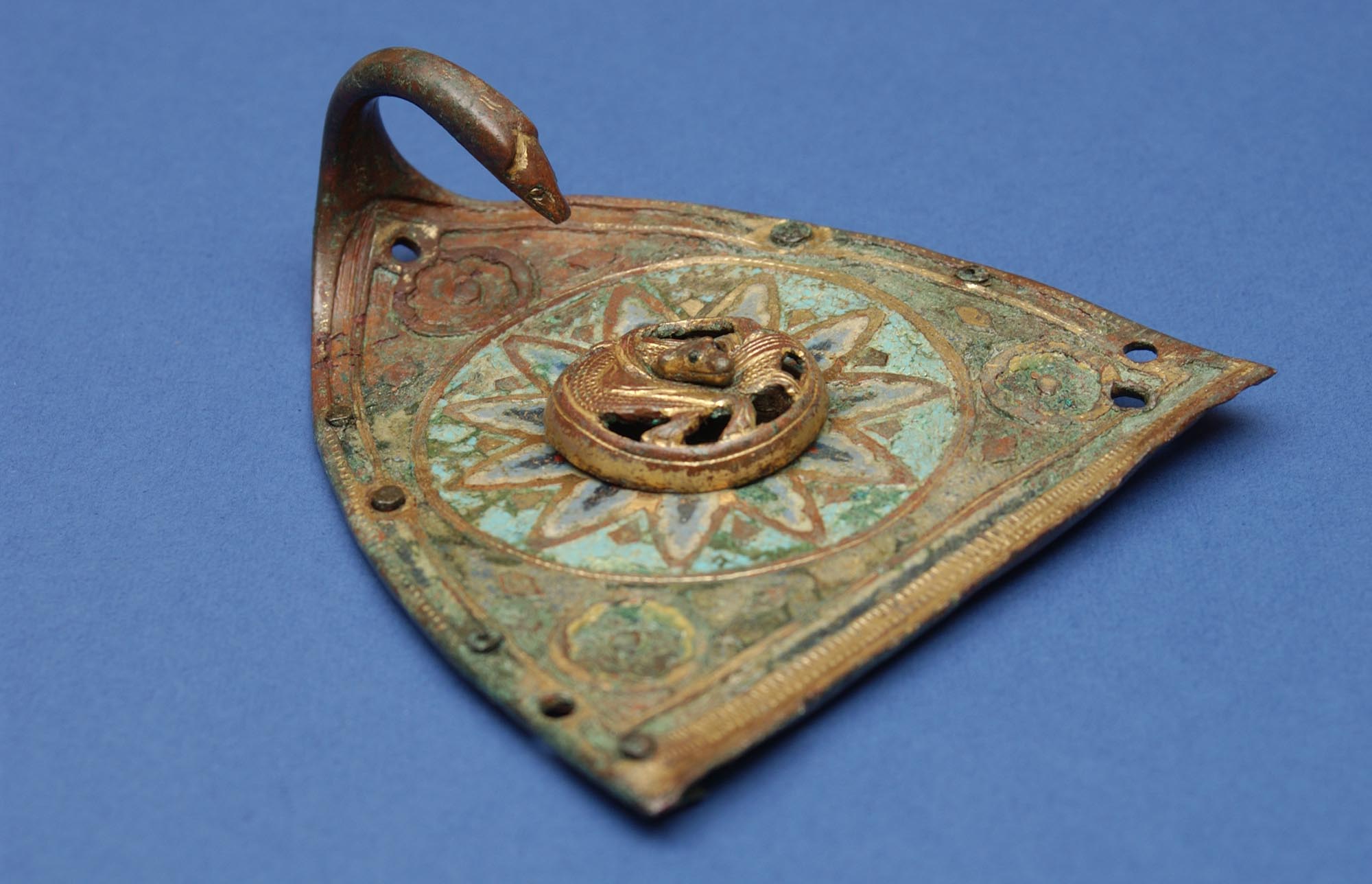
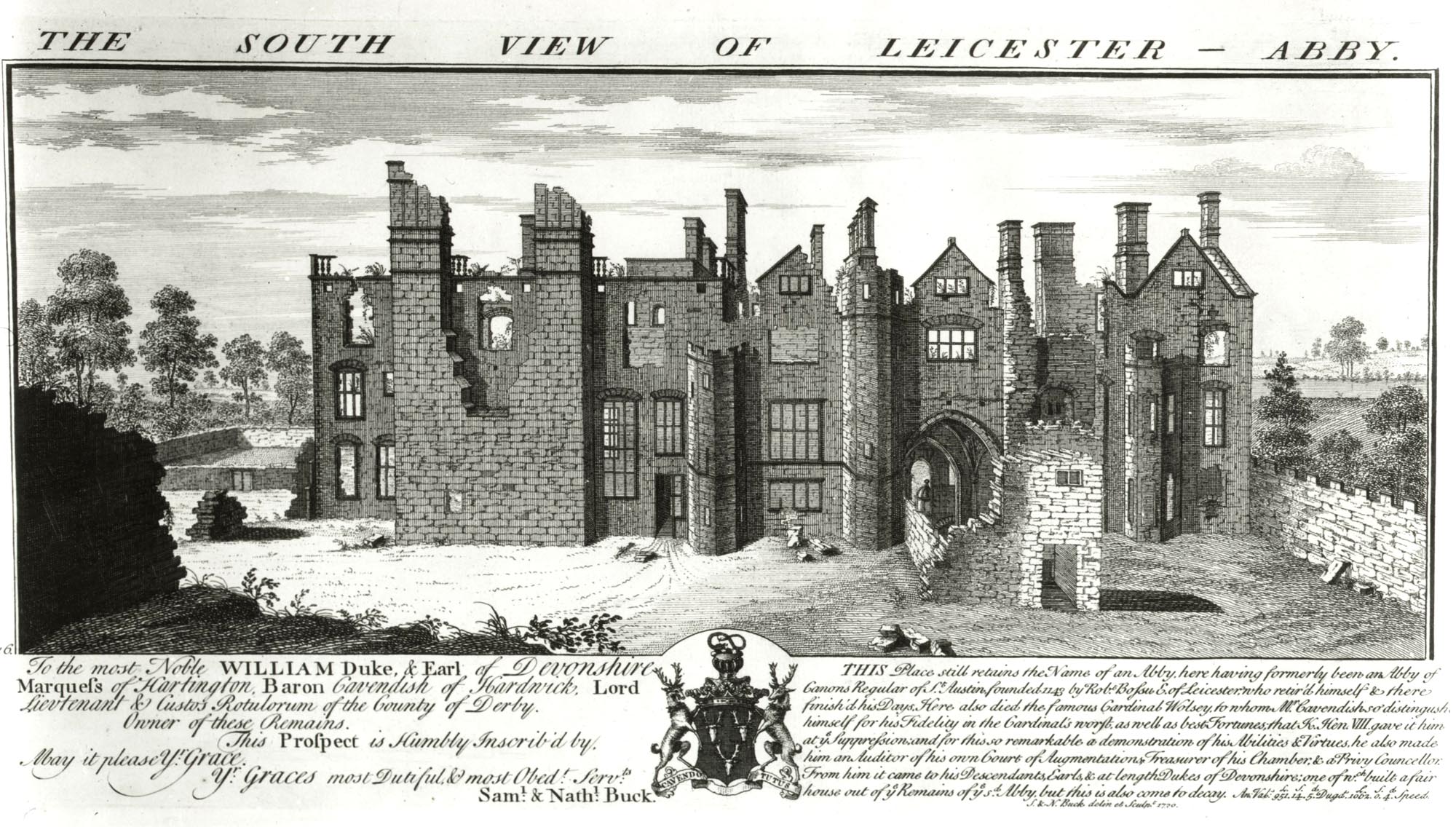
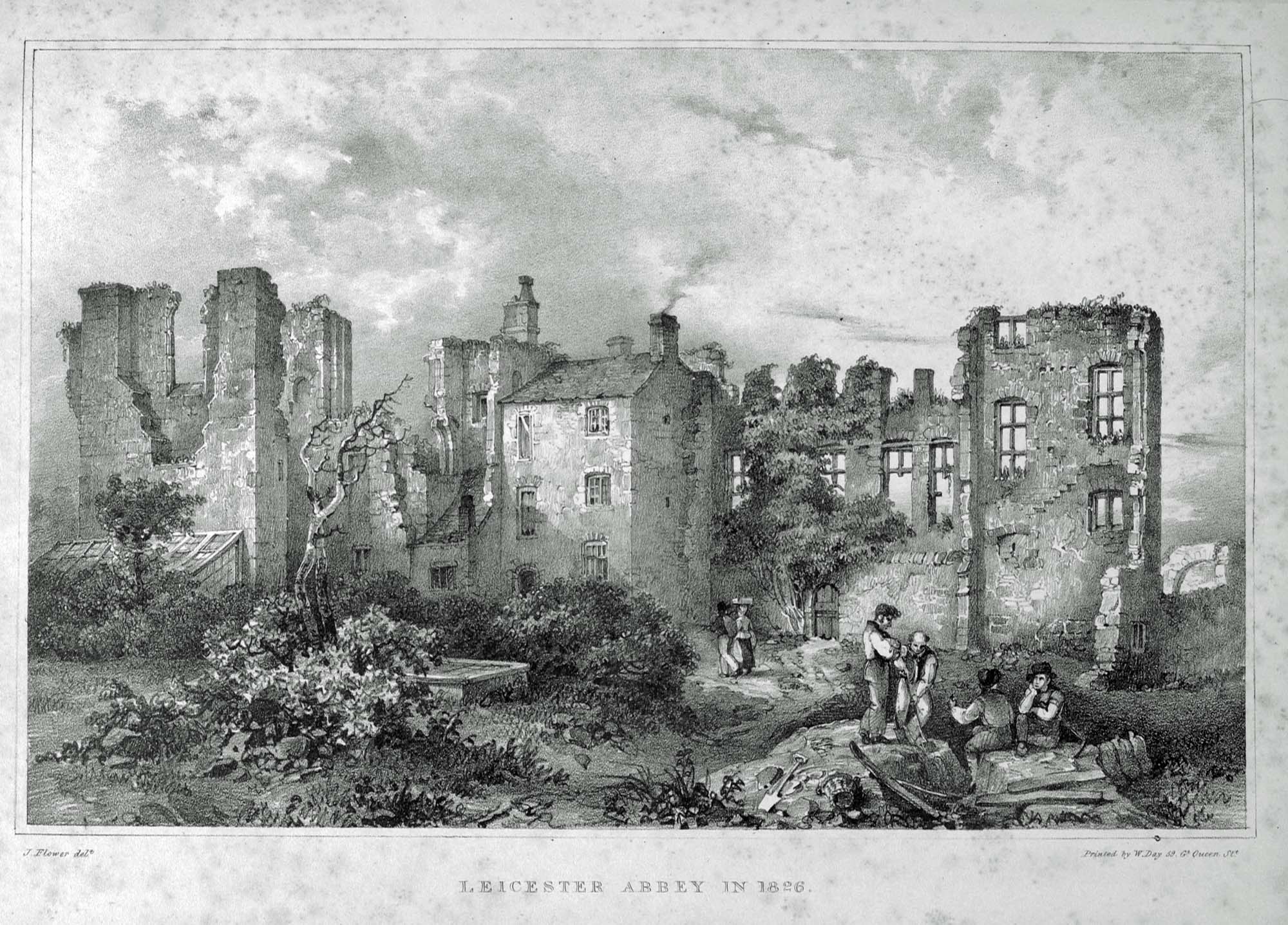
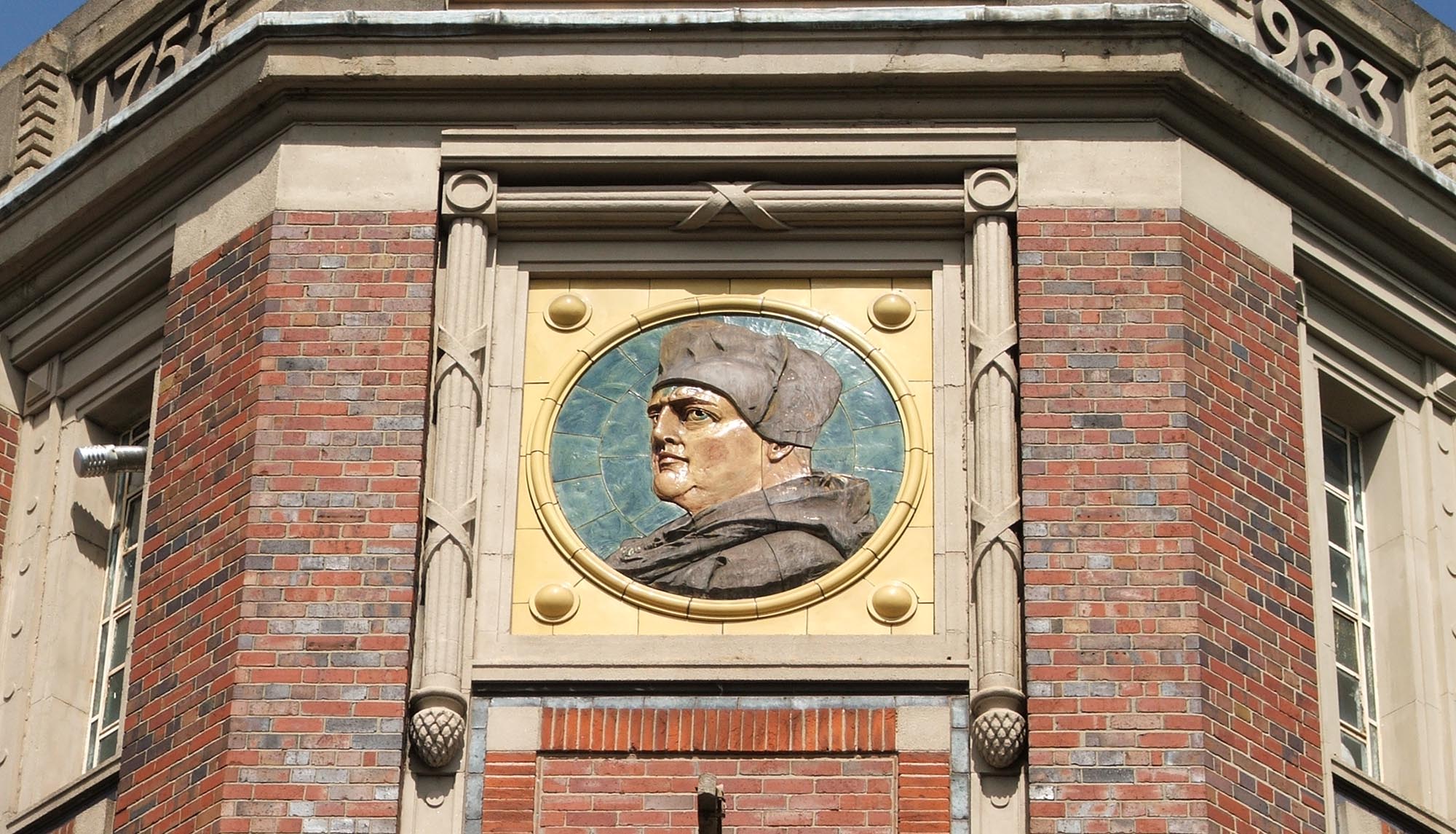
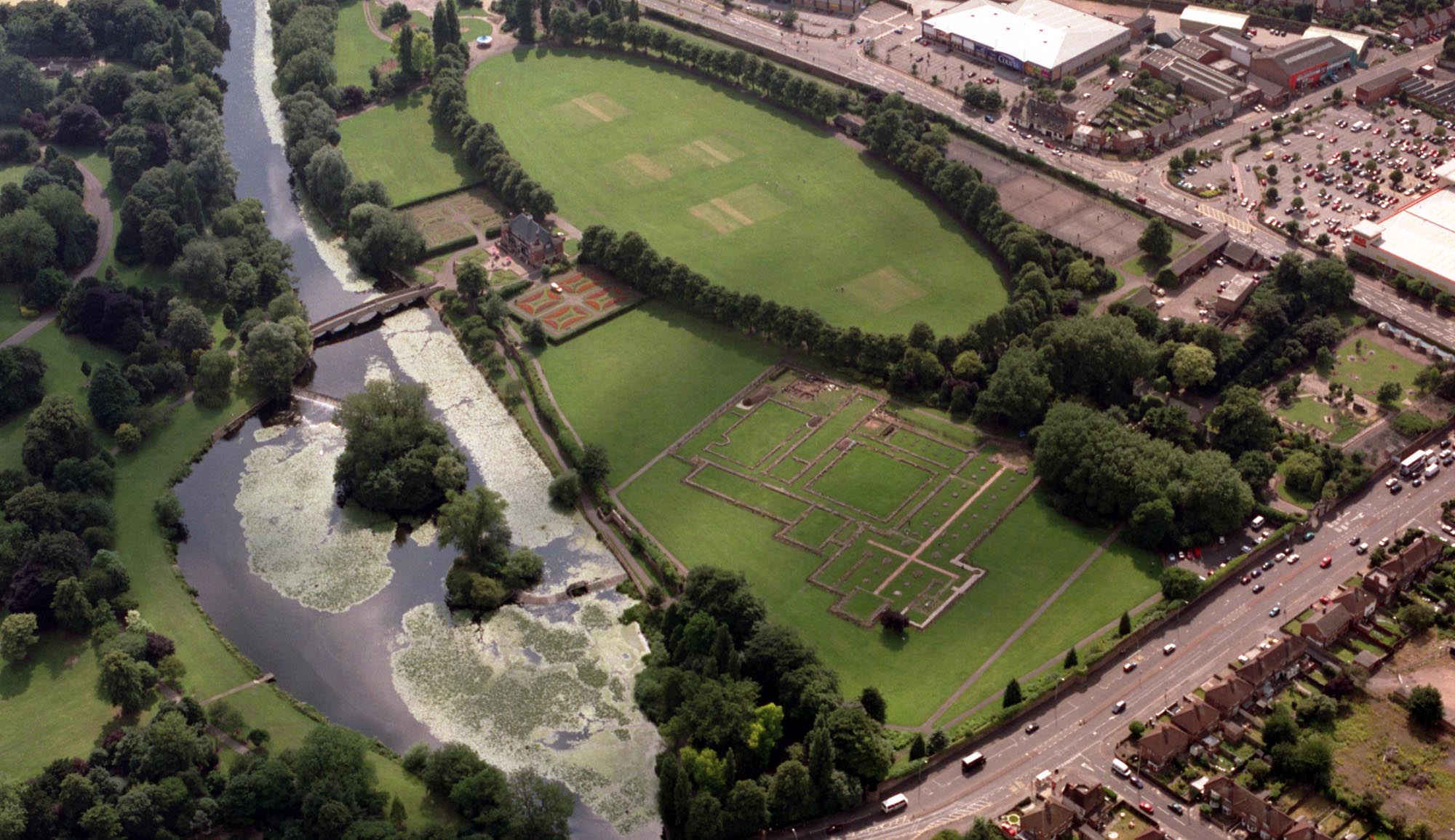

John Finnie

Roman Leicester
(47- 500) A military fort was erected, attracting traders and a growing civilian community to Leicester (known as Ratae Corieltauvorum to the Romans). The town steadily grew throughout the reign of the Romans.
Medieval Leicester
(500 – 1500) The early years of this period was one of unrest with Saxon, Danes and Norman invaders having their influences over the town. Later, of course, came Richard III and the final battle of the Wars of the Roses was fought on Leicester’s doorstep.
-
The Castle Motte1068

-
Leicester Cathedral1086

-
St Mary de Castro1107

-
Leicester Abbey1138

-
Leicester Castle1150

-
Grey Friars1231

-
The Streets of Medieval Leicester1265

-
Leicester Market1298

-
Trinity Hospital and Chapel1330

-
Bow Bridgecirca 1350

-
Church of the Annunciation1353

-
John O’Gaunt’s Cellar1361

-
St John's Stone1381

-
Leicester Guildhall1390

-
The Magazine1400

-
The Blue Boar Inn1400

-
The High Cross1577

Tudor & Stuart Leicester
(1500 – 1700) The wool trade flourished in Leicester with one local, a former mayor named William Wigston, making his fortune. During the English Civil War a bloody battle was fought as the forces of King Charles I laid siege to the town.
Georgian Leicester
(1700 – 1837) The knitting industry had really stared to take hold and Leicester was fast becoming the main centre of hosiery manufacture in Britain. This new prosperity was reflected throughout the town with broader, paved streets lined with elegant brick buildings and genteel residences.
-
Great Meeting Unitarian Chapel1708

-
The Globe1720

-
17 Friar Lane1759

-
Black Annis and Dane Hills1764

-
Leicester Royal Infirmary1771

-
New Walk1785

-
Freemasons’ Hall1790

-
Gaols in the City1791

-
Friars Mill1794

-
City Rooms1800

-
Development of Highfields1800

-
Wesleyan Chapel1815

-
20 Glebe Street1820

-
Charles Street Baptist Chapel1830

-
Glenfield Tunnel1832

-
James Cook1832

Victorian Leicester
(1837 – 1901) The industrial revolution had a huge effect on Leicester resulting in the population growing from 40,000 to 212,000 during this period. Many of Leicester's most iconic buildings were erected during this time as wealthy Victorians made their mark on the town.
-
Leicester Union Workhouse1839

-
Campbell Street and London Road Railway Stations1840

-
The Vulcan Works1842

-
Belvoir Street Chapel1845

-
Welford Road Cemetery1849

-
Leicester Museum & Art Gallery1849

-
King Street1850

-
Cook’s Temperance Hall & Hotel1853

-
Amos Sherriff1856

-
Weighbridge Toll Collector’s House1860

-
4 Belmont Villas1862

-
Top Hat Terrace1864

-
Corah and Sons - St Margaret's Works1865

-
Kirby & West Dairy1865

-
The Clock Tower1868

-
Wimbledon Works1870

-
The Leicestershire Banking Company1871

-
St Mark’s Church and School1872

-
Victorian Turkish Baths1872

-
The Town Hall1876

-
Central Fire Stations1876

-
Aylestone Road Gas Works and Gas Museum1879

-
Gas Workers Cottages1879

-
Leicestershire County Cricket Club1879

-
Welford Road Tigers Rugby Club1880

-
Secular Hall1881

-
Development of Highfields1800

-
Abbey Park1881

-
Abbey Park Buildings1881

-
Victoria Park and Lutyens War Memorial1883

-
Leicester Fosse FC 18841884

-
Leicester Coffee and Cocoa Company Coffee Houses1885

-
St Barnabas Church and Vicarage1886

-
Abbey Pumping Station1891

-
Luke Turner & Co. Ltd.1893

-
West Bridge Station1893

-
Thomas Cook Building1894

-
The White House1896

-
Alexandra House1897

-
Leicester Boys Club1897

-
Grand Hotel and General Newsroom1898

-
Highfield Street Synagogue1898

-
Western Park1899

-
Asfordby Street Police Station1899

-
Leicester Central Railway Station1899

Edwardian Leicester
(1901 – 1910) Electric trams came to the streets of Leicester and increased literacy among the citizens led to many becoming politicised. The famous 1905 ‘March of the Unemployed to London’ left from Leicester market when 30,000 people came to witness the historic event.
-
YMCA Building1900

-
The Palace Theatre1901

-
Pares's Bank1901

-
Coronation Buildings1902

-
Halfords1902

-
High Street1904

-
George Biddles and Leicester's Boxing Heritage1904

-
Municipal Library1905

-
Leicester Boys Club1897

-
The Marquis Wellington1907

-
Guild Hall Colton Street1909

-
Women's Social and Political Union Shop1910

-
Turkey Café1901

Early 20th Century Leicester
(1910 – 1973) The diverse industrial base meant Leicester was able to cope with the economic challenges of the 1920s and 1930s. New light engineering businesses, such as typewriter and scientific instrument making, complemented the more traditional industries of hosiery and footwear manufacturing.
-
Dryad Handicrafts1912

-
De Montfort Hall1913

-
Leicester During the First World War1914

-
Fox’s Glacier Mints1918

-
Statue of Liberty1919

-
Housing in Saffron Lane1924

-
Winstanley House1925

-
Housing in North Braunstone1926

-
Lancaster Road Fire Station1927

-
The Little Theatre1930

-
Saffron Hill Cemetery1931

-
Braunstone Hall Junior School1932

-
Former City Police Headquarters1933

-
Savoy Cinema1937

-
Eliane Sophie Plewman1937
-
City Hall1938

-
Athena - The Odeon Cinema1938

-
The Blitz in Highfields1940

-
Freeman, Hardy and Willis - Leicester Blitz1940

-
Leicester Airport1942

-
Leicester’s Windrush Generations1948

-
Netherhall Estate1950
-
Housing at Eyres Monsell1951

-
Silver Street and The Lanes1960

-
Bostik1960

-
Auto-Magic Car Park (Lee Circle)1961

-
University of Leicester Engineering Building1963

-
Sue Townsend Theatre1963

-
Central Mosque1968

-
Belgrave Flyover1973

Modern Leicester
(1973 – present day) Industry was still thriving in the city during the 1970s, with the work opportunities attracting many immigrants from all over the world. While industry has declined in recent years, excellent transport links have made Leicester an attractive centre for many businesses. The City now has much to be proud of including its sporting achievements and the richness of its cultural heritage and diversity.
-
Haymarket Theatre1973

-
The Golden Mile1974

-
Acting Up Against AIDS1976

-
Belgrave Neighbourhood Centre1977

-
Diwali in Leicester1983

-
Leicester Caribbean Carnival1985

-
Samworth Brothers1986

-
Jain Centre1988

-
Guru Nanak Dev Ji Gurdwara1989

-
King Power Stadium2002

-
LCB Depot2004

-
Curve2008

-
BAPS Shri Swaminarayan Mandir2011

-
Makers Yard2012

-
VJ Day 80th Anniversary2020

- Roman Leicester
- Medieval Leicester
- Tudor & Stuart Leicester
- Georgian Leicester
- Victorian Leicester
- Edwardian Leicester
- Early 20th Century Leicester
- Modern Leicester
Faith & Belief
















































































































































